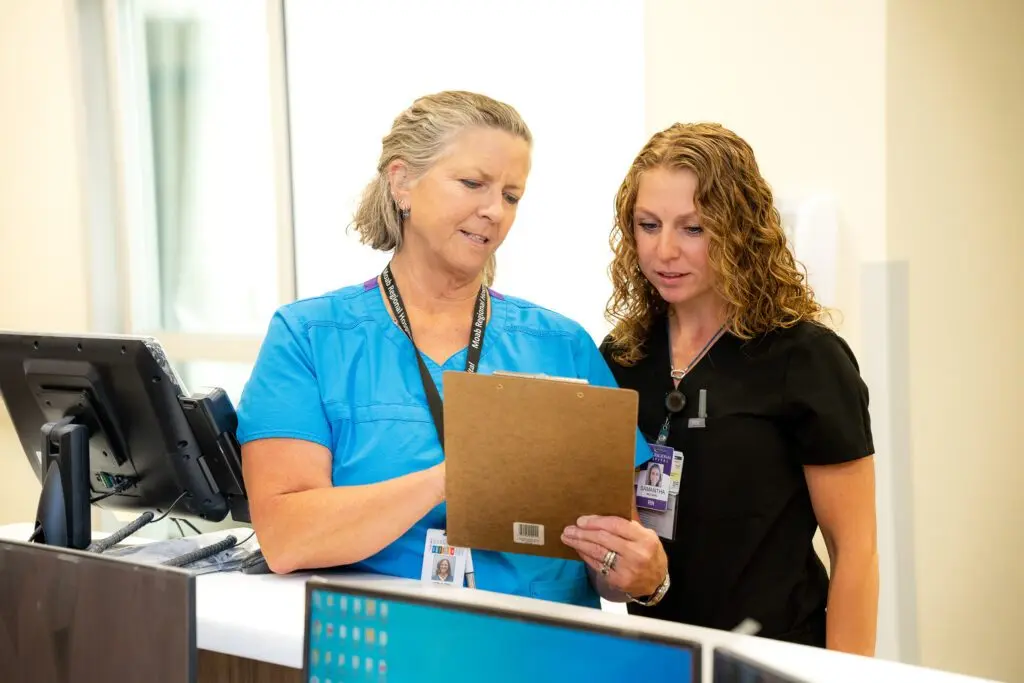
By Andrew Christiansen and Brooke Larsen | The Moab Times Independent | Photos courtesy of Moab Regional Hospital
The One Big Beautiful Bill Act, a sweeping tax and spending package signed by President Donald Trump on July 4, makes broad changes to federal health policy. Among other provisions, it rolls back parts of the Affordable Care Act (ACA), reduces federal Medicaid funding, phases in stricter eligibility and work requirements and caps a key Medicaid financing tool — known as the provider tax — that many states, including Utah, rely on to draw federal matching dollars.
Most provisions will roll out gradually. Federal rules are expected to be finalized in 2026, with work requirements and more frequent eligibility checks taking effect as early as late 2026. Caps on the provider tax — which could affect Utah’s Medicaid expansion funding — begin in 2028 and phase in through 2034.
According to a July 2025 analysis by the nonpartisan Congressional Budget Office, the law will cut federal Medicaid spending by about $911 billion over the next decade. The budget office projects roughly 10 million people nationwide will lose coverage by 2034 due to changes to Medicaid and ACA subsidies. A separate estimate from the Congressional Joint Economic Committee’s Democratic staff projects that more than 188,000 Utahns could lose health coverage as a result, with more at risk if Medicaid expansion is reversed.
KFF, a non-profit organization focused on health policy, says new work requirements and stricter eligibility checks are expected to drive much of the coverage loss.
Rural hospitals are likely to feel the impact of the new federal law most acutely because they serve a higher proportion of Medicaid patients and already operate with limited financial margins, according to Matt McCullough, rural hospital improvement director for the Utah Hospital Association. Utah has 21 rural hospitals — including nine independent facilities without the resources of a larger system — and 14 community health centers that collectively provide care in medically underserved areas.
Read more at moabtimes.com.
This article is published through the Utah News Collaborative, a partnership of news organizations in Utah that aims to inform readers across the state.
